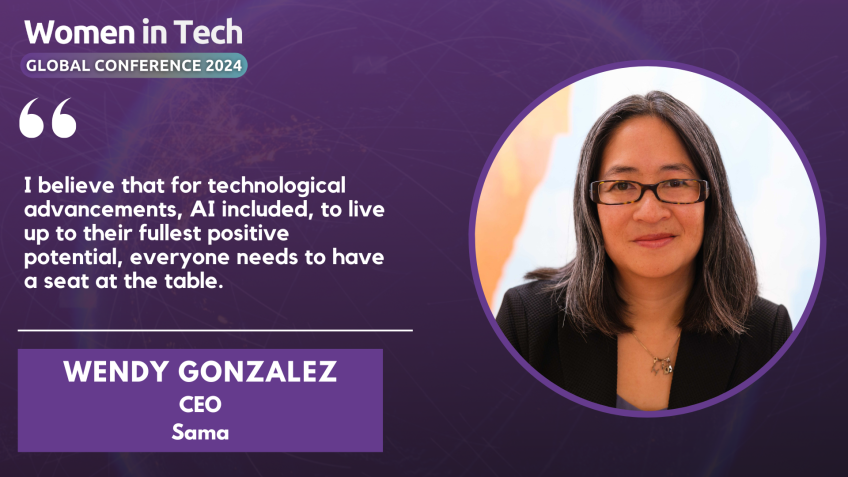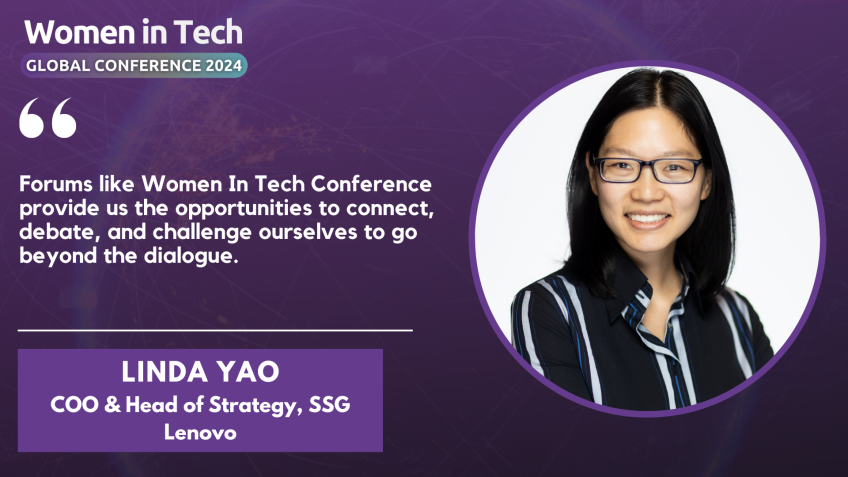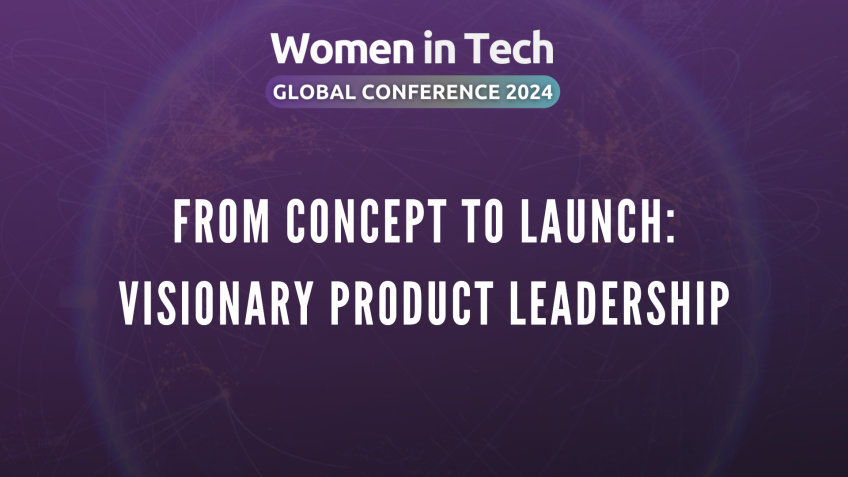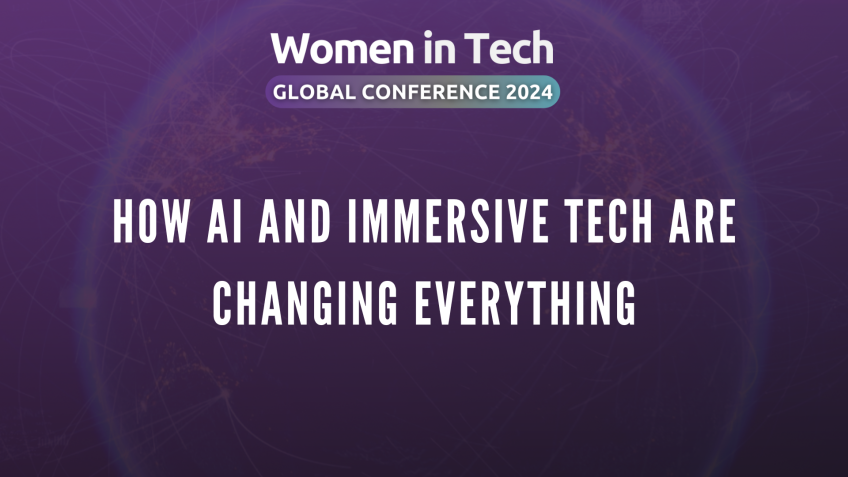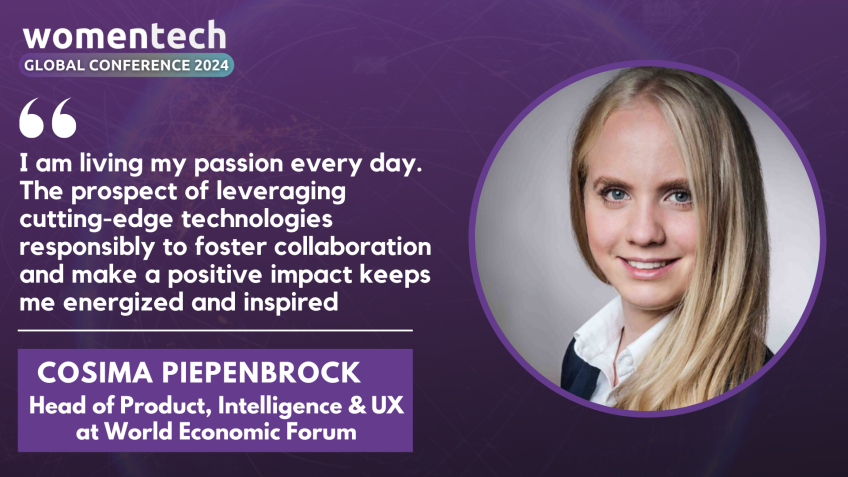Supercharging the Clinical Trial Process Through the Power of AI
Jennifer Bittinger
PresidentSupercharging the Clinical Process with AI Automation: A Revolution in the Life Sciences Industry
Welcome to this blog post, where we will delve into the history of Artificial Intelligence (AI) and its adaptation into the clinical trial process. I'm Jennifer Bittinger, president of Narva, one of the few AI automation pioneers in the life sciences industry.
An Insight into the History and Evolution of AI
Contrary to popular belief, AI has been around for almost a century, with the first AI program developed in 1951 by Christopher Strachey. However, it was not until the 'supercomputer age' spanning the 1960s to the 1980s that we witnessed significant strides in the field. With the advent of computer programming and processing chips, we could finally process large amounts of data to develop AI for the masses.
The Role of AI in Improving Clinical Trials
Fast forward to 2015, Narva was founded with the goal to harness Natural Language Generation (NLG) and Natural Language Processing (NLP) to turn data into text and vice versa. We leverage this technology to simplify cumbersome processes in clinical trials and optimize regulatory documentation.
Today, I will share three key insights:
1. Embrace the Decade of Artificial Intelligence
We are currently living in it, writing history, and witnessing rapid change. The opportunity to disrupt the process is monumental so don't miss it.
2. Recognize Crisis as an Opportunity
Amongst the myriad of problems brought about by COVID-19, the pandemic did bring one silver lining- a wake-up call for the life sciences industry to expedite their drug and vaccine development process. With excessive timelines, overinflated budgets, and increased risk of human error - we recognized the potential AI held to turn these crises into opportunities.
3. Love Your Neighbor. Embrace your Competitors.
As unlikely as it sounds, your competitors can potentially become your strongest assets. They can help educate the market, influence your pricing strategy, and drive industry-wide innovation.
Transforming Clinical Trials with AI
At Narva, these pillars have guided us in developing a SaaS platform. With a host of features for generating reports, white papers, and even marketing campaign papers, we aim to simplify processes for medical writers, statisticians, and programmers effortlessly. These solutions reduce the time and costs of clinical trials while minimizing human error, ultimately advancing our mission of 'technology for good.'
A particular highlight of our journey so far was automating a BAML drug trial for the Leukemia and Lymphoma Society. The trial, which had fully AI-generated regulatory documentation, will be submitted to the FDA soon- marking a milestone not just for Narva or LLS, but for history and the world.
Conclusion
I encourage you to embrace AI to not only improve efficiency and reduce costs but most importantly, to make a tangible difference in people's lives. Together, we can leverage AI to revolutionize the life sciences industry and beyond- one clinical trial at a time. Thank you for your time, and join us as we continue to write history in this decade of AI.
Video Transcription
Welcome. Uh I'm Jennifer Bittinger and uh welcome to supercharging the clinical process with A I automation. Um I currently serve as president of Narva. Uh We are one of the few and only A I automation companies in the world that's s currently servicing the life sciences industry.
And so I just wanted to talk with you a little bit today about some unique and kind of simple concepts uh when it comes to A I and how we are currently integrating this in the clinical trial process. And so just to give a little bit of context right now, as everyone knows, um I know we have folks still coming into the session, but I'm gonna just give us some context about the history of artificial intelligence. I think everyone currently looking at the news would think. Oh A I is brand new. It's like the new hot topic. It's been around maybe for a year or two. Actually, it's been around for almost uh close to a century. Um The first A I program was actually developed in 1951 right after World War Two, by a gentleman by the name of Christopher Strachey and he was later to become the uh director of a program research group at the University of Oxford. But after that, um we saw very little happen with A I. But then in the 19 sixties and through to the 19 eighties, we had what was called the supercomputer age. OK. This is where you had whole rooms filled with one computer, that's how massive they were. Um But in that time of creating supercomputers, we also had what was called deep learning techniques developed. And all of this technology, the hardware that was being developed was what led to the progression of the 19 nineties with the Intel chip. OK.
Computer programming and processing chips were what could help us have the speed to actually process large amounts of data on the technology hardware that had been built in the sixties seventies and eighties so that we could actually speed up a process to develop artificial intelligence for the masses.
And so this was going to help us to increase data volume, advance algorithms and improve our computing power and storage. All this comes down to Narva, my company, we were founded in 2015. Um We were found really on the premise that we wanted to literally use NLG natural language generation and natural language processing to literally turn data into text and vice versa. So whether it was an article for the Wall Street Journal, one of our clients uh of the stock market index, or whether it was um you know, scanning white papers to find the key words so that you could have a quick summary snippet of thousands of white papers or whether it was calculating and computing all of the data from clinical trials and automatically generating regulatory documentation for clinical trials.
So through this, we created this premise that we wanted to use technology for good. And today I wanna share just three key points that really are part of my mission, but part of Nati's mission. And I think as women in technology, it should be really part of our mission. Um as we are quote unquote disruptors, right, in various industries. So the three areas I want to talk about. Number one, the decade of artificial intelligence, we are currently in it and we are living it and we are writing history right now. So don't be afraid to disrupt the process. Number two, crisis also means opportunity run towards the problem and provide the solution. And number three, this is not common, but you need to love your neighbor, embrace your competitors and let them sharpen you to greatness. So when we started out three years ago, COVID-19 was probably one of the worst things I think our generation had seen right in 100 years.
But one of the good things, one of the only good things that came out of COVID-19 was that it literally helped the whole life sciences industry to wake up and see that we had to change the process by which we get drugs to market and vaccines to market. We had to change the long laborious process that was still being done decades later. So we had several problems that we had to change when it came to clinical trial, regulatory documentation. First of all, it was way too long of a timeline. Getting one drug to market from beginning of research to actual approval by the FDA by regulators on average takes 12 to 15 years even right now. It is way too long. The second problem overinflated budgets and funding one drug from start to finish is at least 1 billion to $1.5 billion. This is ridiculous. The reason this is ridiculous is because it hits your pocketbook and my pocketbook when it comes to pharmaceuticals. And number three, the third problem, this has an increased human error and risk. On average, there's 40 to 50% errors that we find in the data and in the documentation from clinical trials. And this is because they're trying to run so many trials at one time. So how do we help this all these problems? This is just one quick snapshot of what the data looks like in a clinical trial.
And so it actually is very hard for a human, a statistical analyst or biostatistician or programmer to go through mountains and mountains of data sets and come out with a patient narrative. So we said, OK, crisis meets opportunity. Run towards the problem in the Chinese language.
I love that the symbol for crisis is the same symbol for opportunity. So our solution was decrease the timeline on average narrative. We've been seeing at least 65% of the time decreased when we automate the clinical trial. Documentation. Number two, we're helping to decrease budgets and we're helping number three to decrease human error and risk. And so this is really just a quick snapshot of what we are doing with a SAS platform. So that every medical writer, biostatistician statistical analyst, even programmers, anyone can go into this platform that is a no code platform and they can generate the reports for clinical trials, they can generate articles, white papers, even marketing campaign papers for sales teams.
So it really is like your own personal marketplace. Number three, love your neighbor. Oh gosh, we heard this is kindergartners but I hope we haven't forgotten that the greatest people that can help us to grow and to get better are actually our competitors as Narva. We were one of the first A I companies in the market. So we had to educate our market, very tough job. So we needed competitors to help educate the market about A I number two that helped us with our pricing. So know what your competitors are pricing. And number three, this helps drive innovation for the entire industry past your lifetime and my lifetime. A great use case that I'll end with here today is that we just recently, last month, we actually finished a whole B AM L drug trial for the Leukemia and Lymphoma Society.
And in this drug trial, we automated all of the patient narratives and it's actually going to be their first clinical trial to go to the FDA next month. That has fully A I generated regulatory documentation. We are so excited because this is not just big for Nibba or LLS, this is big for history. This is big for the whole world. So I encourage you today, accelerate the potential, not just to increase, you know, uh wonderful ingenuity, not just to decrease timelines and decrease budgets, but ultimately to save more lives. I encourage you do everything. You can not just to make a difference in your own wallet or in your budget, but make a difference in the lives of people around you. Thank you so much for your time. I hope you enjoyed it. Have a great day.


